- Email haemocarecentre@gmail.com Enquiry (during OPD hours) 0265-2961709 / 0265-2321776
Posts by: Haemato Oncology Care Centre
Anemia: Symptoms, Causes, Diagnosis
Anemia is characterised by a lack of red blood cells. The major protein in your red blood cells is haemoglobin. It transports and distributes oxygen throughout your body. If you have anemia, the amount of haemoglobin in your body will be below average. Anemia is diagnosed by low haemoglobin or hematocrit level on a standard...
Leukemia: Symptoms, Causes, Treatments
What is leukemia? Leukemia is a type of blood cancer that occurs when the number of white blood cells in your body increases. Healthy WBCs keep bacteria, viruses, and fungus out of your body. But in leukemia, WBCs don't work normally. They grow excessively and crowd out red blood cells and platelets. Symptoms The symptoms...
Sickle Cell Disease: Causes, Symptoms, Treatments
What is sickle cell disease? Sickle cell disease (SCD) is a group of hereditary blood disorders. Individuals with SCD don’t have enough healthy red blood cells to carry oxygen throughout the body. Healthy red blood cells are spherical and disc-shaped. When a person has sickle cell anaemia, their red blood cells change shape and become...
What does a blood count disclose about your health?
A blood count test provides a variety of details about your health and wellbeing. For instance, a low red blood cell count shows that you have anaemia, while a low white blood cell count could mean you have neutropenia—a condition that puts you at higher risk for infection. Low platelet count tells you that there...
What is haemophilia?
Haemophilia is an inherited blood clotting disorder. People with haemophilia have issues where their blood does not clot properly, and healing takes longer than usual. The bleeding disorder occurs because a protein that aids blood clotting is deficient in the blood plasma. Haemophilia can be categorised into two: haemophilia A and haemophilia B. Individuals with...
Lecture by Dr. Seema Bhatwadekar
Dr Seema Bhatwadekar took a Lecture in railway staff College on "Blood component therapy and Basics of Bone Barrow Transplant on 28/12/2019.
XIIIth Haematology Update Vadodara, 2019
This event was held on 15/12/2019 at Vadodara, where expert Haematologists from all over India delivered their speech on Haematology topics. To view video of the same click on the link : View
© All rights reserved by Haemato Oncology Care Centre
Designed and developed by Trizone Healthcare



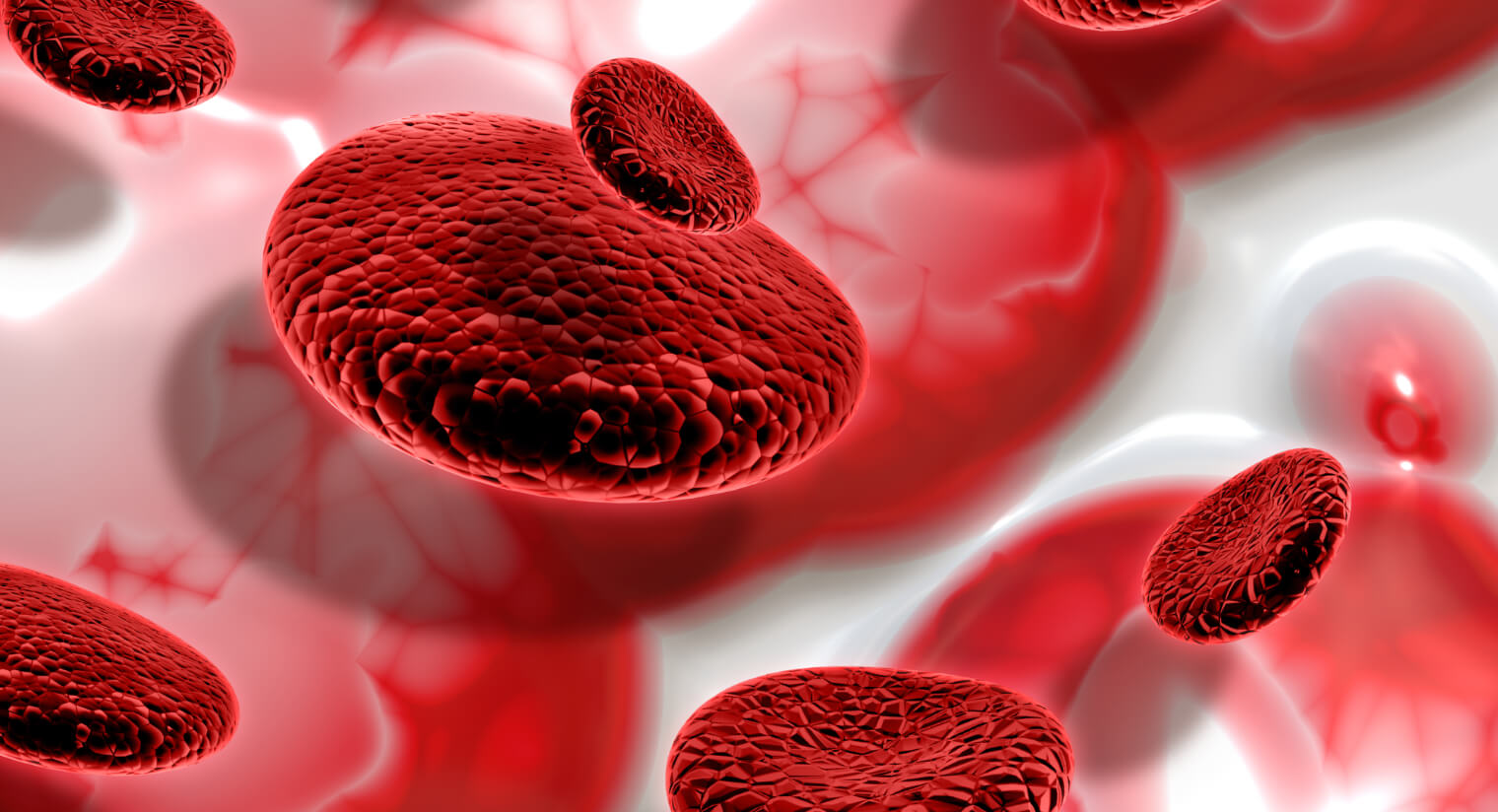

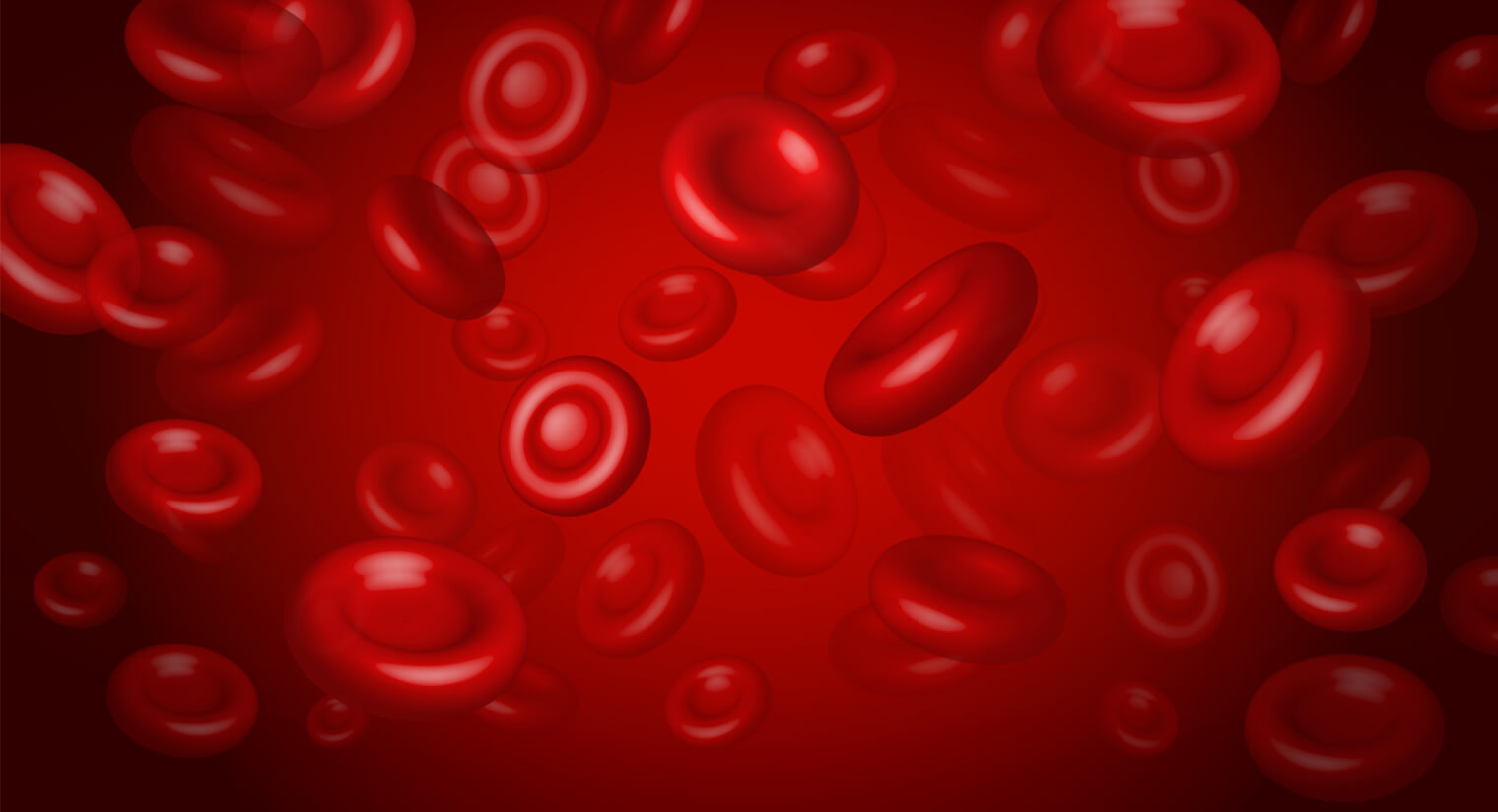
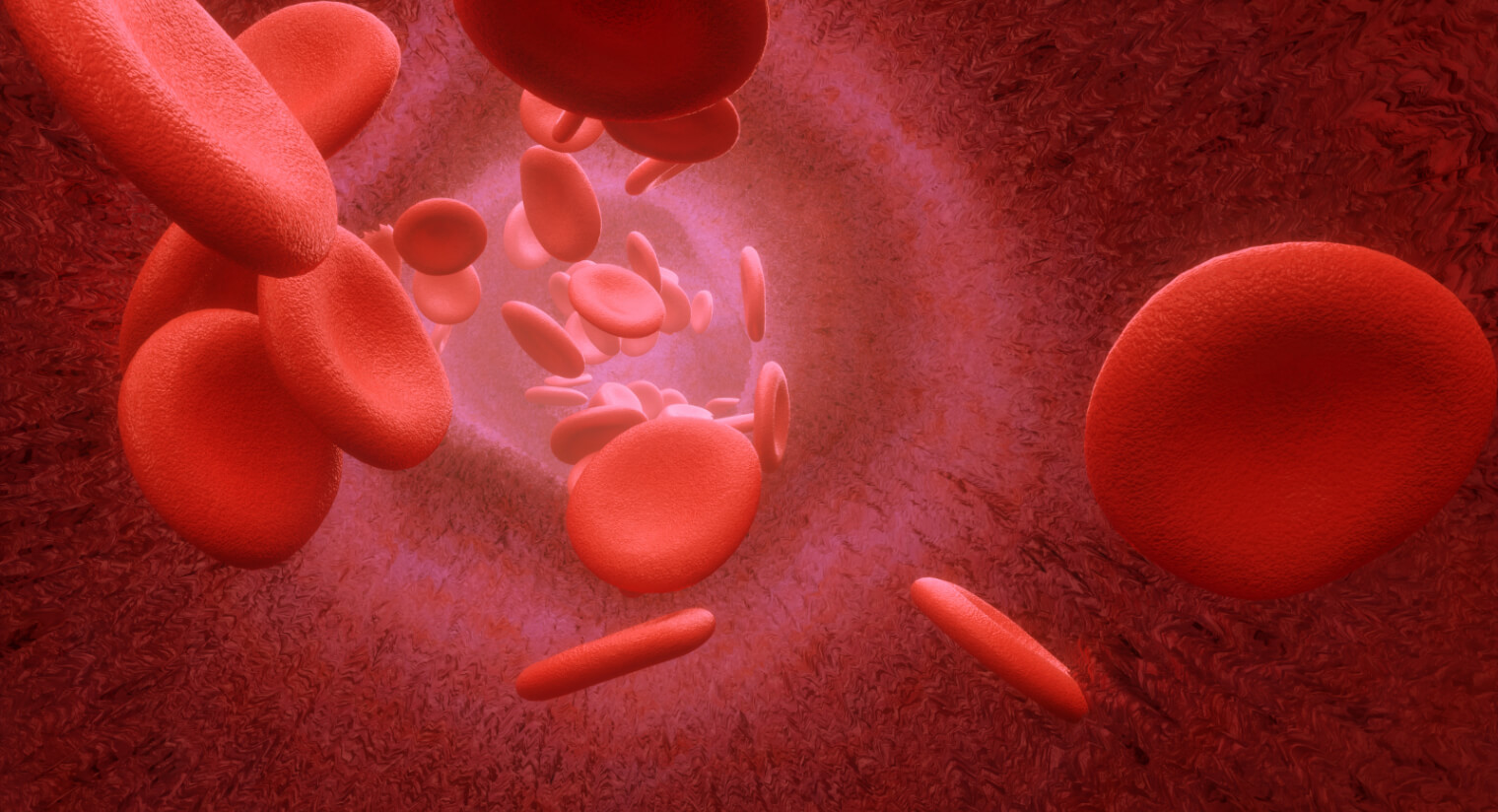
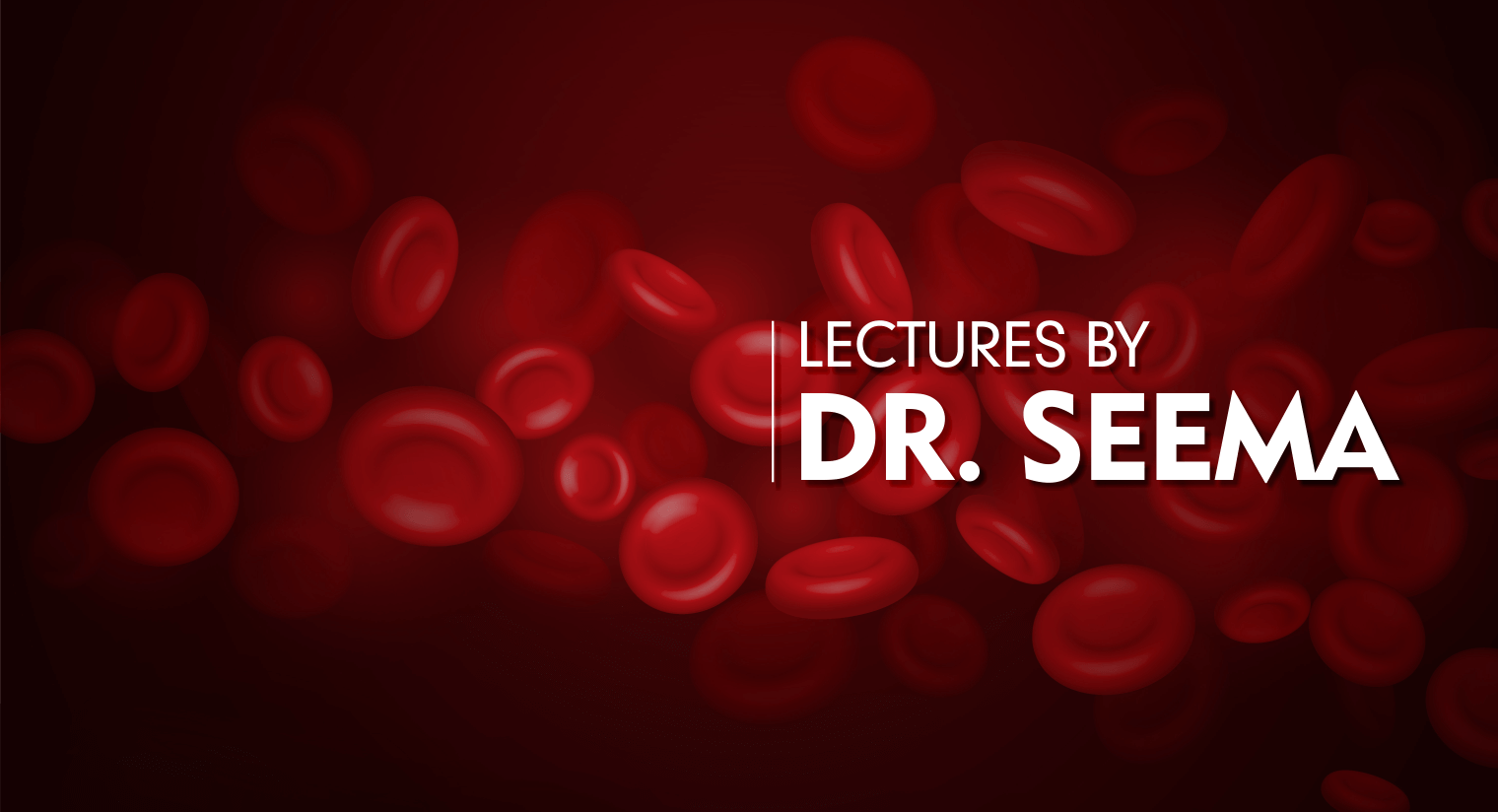
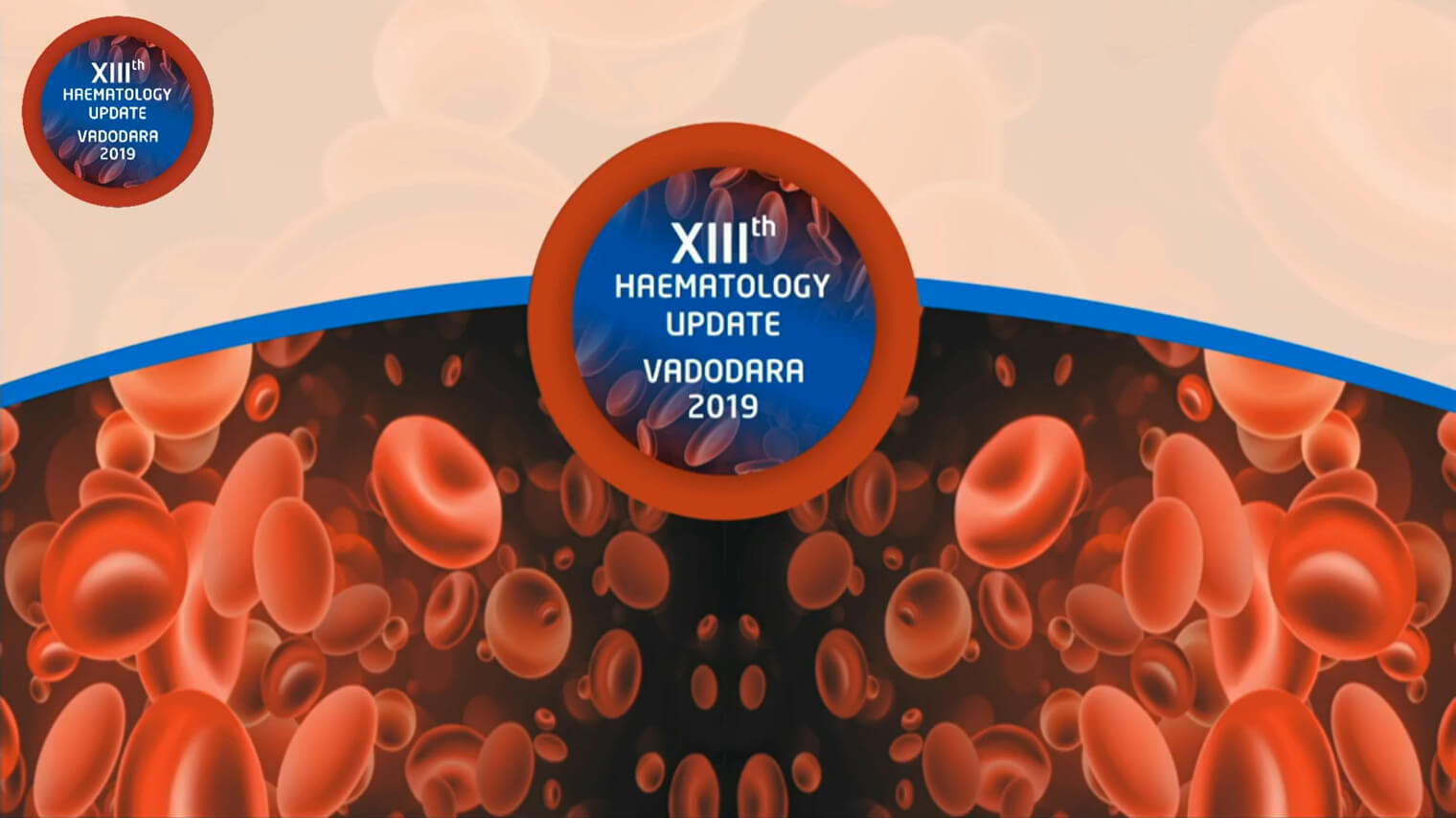
Recent Comments